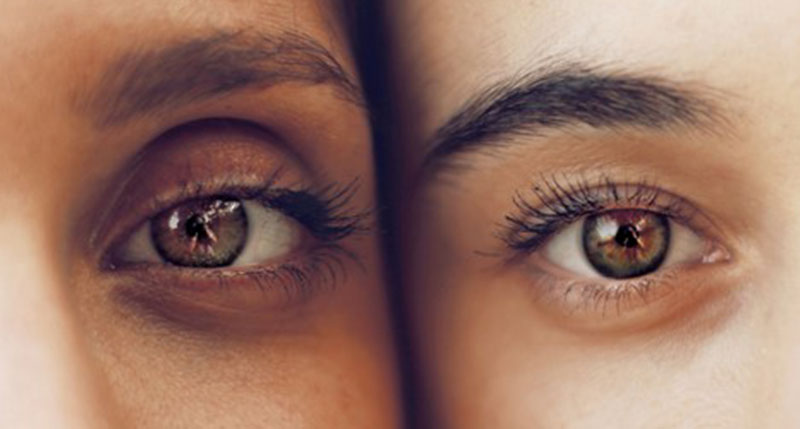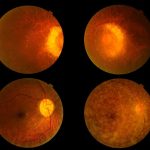The human eye is a fascinating organ, second in complexity only to your brain. That’s why you can see clearly in both the bright, mid-day sunlight and also when you’re awakened suddenly from a deep sleep late at night. Without thinking about how you do it, your eyes focus immediately to show you what’s going on under every imaginable scenario. They’re truly “eye-mazing!”
Your eyes are able to focus in high resolution at an incredible range of distances — from mere inches before your face to miles across open water. And they can (and do!) respond incredibly quickly to keep you informed about what’s happening in your surroundings: From the instant a moving object enters your field of vision, it only takes 200 milliseconds for your eyes to perceive it and relay that information to the brain. Wow!
Here are 25 “eye-mazing” facts about your eyes:
- Your eyes are the fastest muscle in the human body—able to adjust and perceive visual changes “in the blink of an eye.”
- Though newborn babies cry, they can’t actually produce tears until around 6 weeks of age.
- Approximately half of your brain is dedicated to the task of seeing and vision.
- You can blink up to five times in a single second!
- In an average year, you likely blink more than 5 million times (that’s about 17 blinks per minute).
- Blue eyes look blue because they have less melanin than brown eyes, allowing collagen—which appears blue—to show through.
- Your eyes are a biological supercomputer, able to perceive and process around 36,000 bits of information each hour.
- Under the right nighttime conditions, your eyes can perceive the light from a single candle flame up to 14 miles away.
- It is estimated that up to 80% of human memory is determined by what we’ve seen.
- Human babies are born color-blind, and color perception begins to develop within about a week. At 6 months of age, a baby can see every color an adult can.
- Most color-blind adults are male: 1 out of 12 men are color-blind, but only 1 out of 255 women are.
- The human eye can detect up to 500 different shades of the color gray.
- A healthy, normal human eye can perceive more than 10 million different colors.
- A rare 2% of women with a specific genetic mutation of one extra retinal cone allows them to perceive more than 100 million colors. This condition is called tetrachromacy.
- If a person is born with the ability to see and then goes blind, that person can still “see” their dreams.
- Human eyelashes have a lifecycle of about 5 months.
- The purpose of eyelashes is to keep dirt, sand, and other airborne debris from entering and damaging your eyes.
- One of the most common eye injuries is poking yourself in the eyeball with your mascara wand. (Ouch! Stop doing that.)
- Eyebrows have an important function: To keep sweat droplets from dripping into your eyes. And yes, they look great perched up there above your eyes, too.
- Your eyes automatically close to protect you from what your brain perceives to be a danger—think of the last time somebody tossed something to you unexpectedly!
- When reading on computer, tablet or phone screens, the human eye tends to blink less (which can result in tired, dry eyes).
- Fewer than 1% of the population have a condition called heterochromia, where their eyes are two different colors. Mila Kunis is one of them.
- Your eyes have about 7 million “cones” – the cells that enable you to perceive color and detail.
- Your eyes also contain about 120 million “rods” – light-sensing cells that enable you to see in the dark. For comparison, cats have 6 to 8 times as many rods as humans do, giving them far superior night vision!
- While your ears and nose continue to grow larger throughout your lifetime, your eyes remain the same size they were at birth. That’s why a baby’s eyes seem so adorably large.
Your eyes are truly amazing, aren’t they? We celebrate your eyes every day, and want to help support your vision for a lifetime of seeing your best.
Help us help you take great care of your eyes by scheduling your annual comprehensive eye appointment today!






